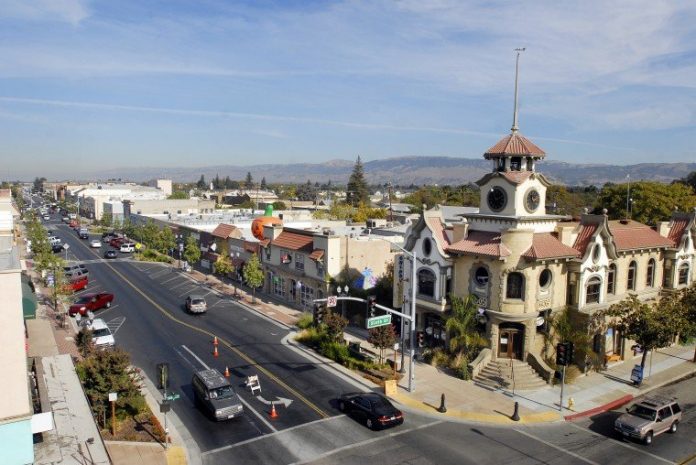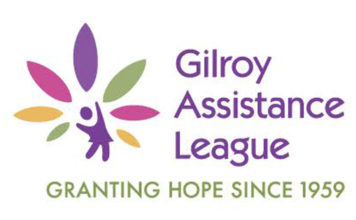
Following Mayor Don Gage’s explanation of the “why” behind his proposed plan for a “Quality of Life” bond measure, Council members listened to the “how” from the City’s Finance Director Christina Turner and President /CEO Catherine Lew of the Oakland-based Lew Edwards Group, during Monday night’s regular City Council meeting.
Ultimately, Council approved a motion to hire Catherine Lew and her consulting firm to start moving the bond process forward. The motion passed 6-1 with Councilman Dion Bracco casting the lone dissenting vote.
The first phase of community outreach, polling and result analysis will cost $36,500 out of the City’s general fund.
The “Quality of Life” bond measure would provide the City with a massive cash injection to tackle capital improvement projects – such as downtown’s unreinforced masonry buildings and playground improvements – in one fell swoop. A bond measure in the order of what Gage has in mind – anywhere from $25 to $35 million – would likely be levied as an assessment added to homeowners’ property tax bills for 30 years. Gage wants to put the subject before voters on the November 2014 ballot.
“People ask me, ‘Why we can’t have a downtown like Morgan Hill?’” he remarked. “I say, ‘because we didn’t have $140 million in order to do that.’”
Not having an attractive and lively downtown like Morgan Hill is just one thing constituents complain about, Gage said.
Locals also demand answers about rehabilitating the Interim Center for the Arts building; improvements for public parks and playgrounds; and the almost 30-year saga of retrofitting Gilroy’s 18 unreinforced masonry buildings – unoccupied edifices designated as being unable to withstand a major earthquake.
Gage’s possible “Quality of Life” bond measure seeks to raise a revenue stream for all those things and more.
“Why don’t we get all of those big issues out of the way?” Gage queried.
The mayor explained that his bond measure would come to life only if Gilroyans are “willing” to buy into his desire to “fix” the city’s problems that have been around for 30 years.
“If you do nothing, they will be here for another 30 years,” Gage remarked.
Thirty years is coincidentally the length of time that Gilroy’s homeowners would be asked to pay an assessed tax on the value of their house or a parcel tax, should the bond pass.
Homes with an assessed value of $350,000 could be assessed an annual average of $167 to cover debt service on a 30-year bond, providing $50 million in project funding, according to documents furnished by the City.
The parcel tax option, which is an equal payment by all homeowners, could be assessed at $350 for residential buildings only, or $289 for all parcels – homes and commercial – to pay debt service on a 30-year bond, providing $50 million in funding.
A general or special sales tax measure is another option for the City.
Gauging the local appetite for a bond measure is where the Lew Edwards Group comes in.
During Turner’s presentation to Council, Lew chipped in to explain the pros and cons of the options and pointed to the ones most likely to be passed by voters.
“This is a growing trend for cities to consider since 2008, when we last partnered with you,” Lew said, describing the attributes of a general purpose sales tax measure.
Lew’s firm worked on the 2008 Library Bond Measure approved by Gilroy voters. The Library Bond funded Gilroy’s immaculate $34 million facility that opened to the public in April 2012.
Sales tax measures are split into two categories:
• A general purpose sales tax measure requires a simple majority of voters to approve (50 percent). Proceeds go directly into the City’s general fund and can be used for general purposes. The City of Campbell recently voted to approve a similar general purpose sales tax, according to Lew.
• A special purpose sales tax requires a two-thirds voter approval. Funds are not put in the general fund and cannot be used for general purposes.
The City can then choose to issue bonds to provide liquidity for capital projects and use future sales tax revenue to pay the debt service on any bonds. A quarter to half-cent increase in sales tax would provide the $3.65 million extra in sales tax revenue to service a $50 million bond, according to City documents.
The difference between the two sales tax measures is in the timing.
A general sales tax can only be placed on the ballot during an election year, whereas a special purpose measure can be scheduled at any time the City chooses, according to Lew.
Mayor Pro Tempore Perry Woodward likes what he hears about sales tax measures.
“It has a lower threshold (for voter approval), making it easier to pass,” Woodward observed. “Gilroy’s also a sales tax catcher community.”
As a “sales tax catcher,” Gilroy brings in about 260 percent more sales tax revenue from people who don’t live in the city, than it does for locals.
Still, imposing a sales tax increase – however small – may turn some customers away, Woodward worried.
“How much is it going to come down if we raise our sales tax by a quarter (cent)?” Woodward asked. “That would be something interesting to know.”
Councilman Bracco is concerned about what could happen to revenue streaming into the general fund from a general sales tax measure.
“The next Council could take and do what they want with the money,” Bracco noted, pointing to the fact the City can’t specify what general sales tax measure revenues are used for.
He also raised concerns about passing any bond measure when there is disagreement on the dais.
That scenario, Lew responded, “is never our first choice. We would urge that the City and its stakeholders reach a broad consensus before placing any measure on the ballot,” she said.
That is why, according to Lew, time is of the essence when it comes to getting the first stage of community polling underway and figuring out if any possible bond measure will ever take place.
As some Council members started to get ahead of themselves discussing projects they would like to see funded, Gage reminded the dais that voters must have the final say.
“That’s why we need to let them do the survey to figure out what it is that people want and would support,” Gage said.
Gage is adamant that Monday night’s motion approval is a step in the right direction.
“I want to be proud of our community and I’m not proud of the way it is right now,” he reasoned. “People tell me that the parks suck and they’re afraid to go downtown because there isn’t a conducive environment.”
“That bothers me,” he added.













